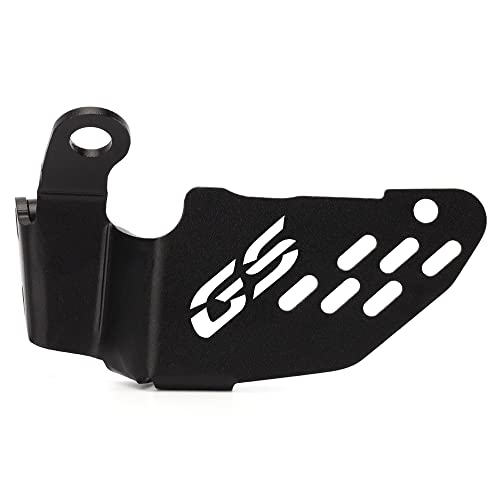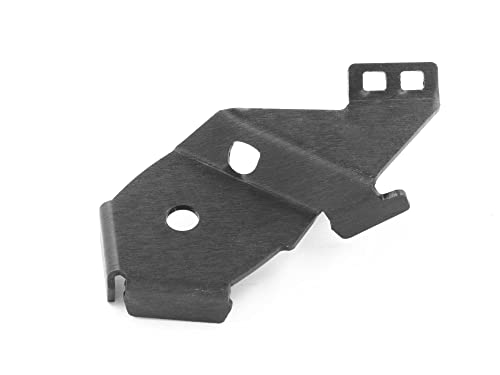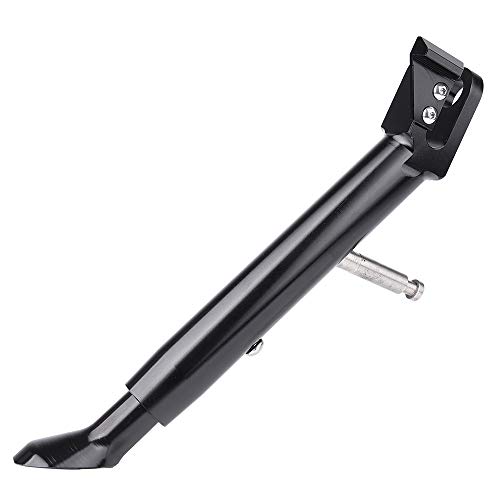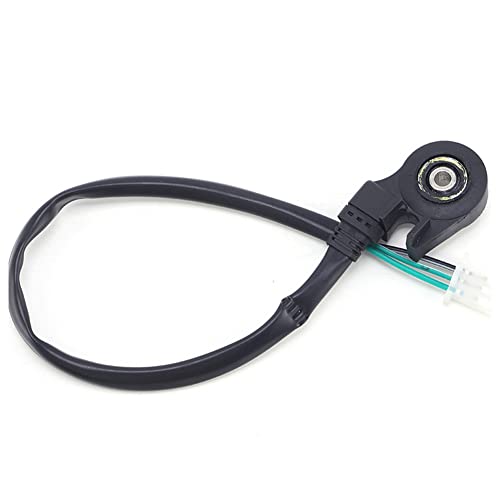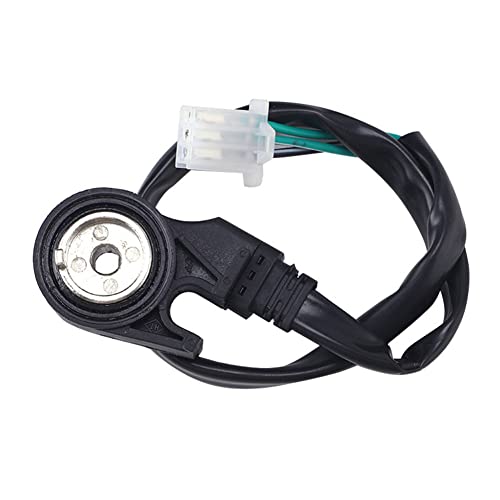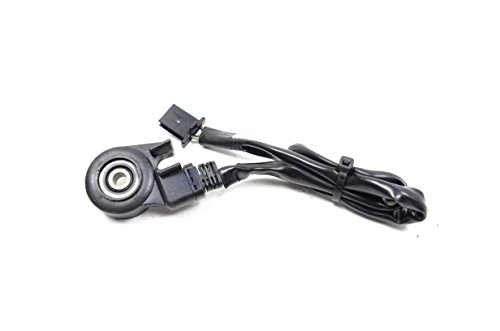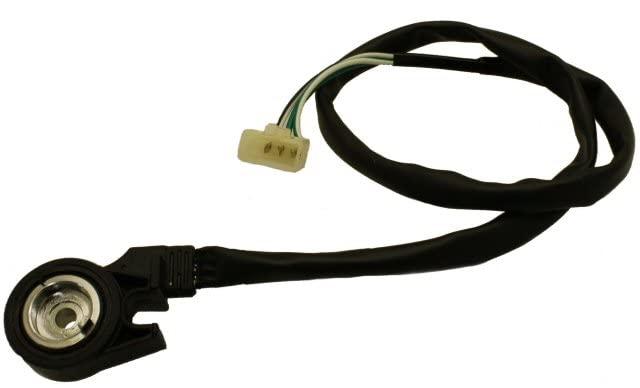Side Stand Safety Switch: Understanding Its Importance in Motorcycle Ridership
Picture this: you’re cruising down the open road, the wind rushing against your face, as you embrace the freedom only a motorcycle can offer. But what if, amid such exhilaration, your engine suddenly stalls?
A terrifying thought. Well, fear not fellow rider, because there’s a hidden hero in the world of motorcycles – the side stand safety switch.
This little device is often overlooked in ensuring smooth rides and preventing mishaps. Not only does it prevent engine stalls when the stand is lowered, but it also aids in troubleshooting your bike by checking voltage.
Buckle up (or rather, side stand up) as we dive into the mesmerizing world of motorcycle safety switches!
Side Stand Safety Switch Motorcycle
The side stand safety switch on a motorcycle is designed to send a signal to the motorcycle’s Engine Control Module (ECM). Its primary function is to prevent accidents that may occur if the side stand is lowered while the rider tries to move the motorcycle.
When this happens, the engine stalls, ensuring that the motorcycle cannot be ridden with the side stand down. This safety feature is particularly important during turns, as it prevents the side stand from digging into the road and causing a loss of control.
Troubleshooting the side stand safety switch can be done by checking its voltage. A reading of 5 volts indicates that the switch is shorted and not operational, while a reading of 12 volts suggests that the switch has lost its earth path through the ECM.
It is important to note that this information is specific to a Honda motorcycle used in testing.
Key Points:
- Side stand safety switch prevents accidents when the side stand is lowered while trying to move the motorcycle
- Engine stalls when side stand is down to prevent riding with it in that position
- Prevents side stand from digging into the road during turns and causing loss of control
- Troubleshooting involves checking the voltage of the switch
- 5 volts indicates a shorted switch, 12 volts indicates a lost earth path through the ECM
- Information specific to testing on a Honda motorcycle
Check this out:
💡 Pro Tips:
1. Always check the side stand safety switch before starting your motorcycle. Make sure it is in the correct position and securely in place to prevent any accidental stalling while riding.
2. Regularly inspect the side stand itself for any signs of wear or damage. A faulty or unstable side stand can pose a safety risk, especially during turns or on uneven terrain.
3. If you notice any issues with the side stand switch, such as difficulty starting the engine or the engine not shutting off when the side stand is lowered, it’s important to have it repaired or replaced by a qualified mechanic as soon as possible.
4. When parking your motorcycle, ensure that the side stand is properly engaged and supporting the weight of the bike. Avoid parking on uneven or soft surfaces, as this can cause the side stand to sink or collapse.
5. In addition to the side stand safety switch, always make it a habit to visually check that the side stand is fully retracted before taking off. This will prevent any unexpected interference with the road while riding.
Side Stand Safety Switch: A Crucial Signal To The Motorcycle’s ECM
The side stand safety switch is an essential component of a motorcycle’s electrical system that ensures the safe operation of the vehicle. When the side stand is lowered, the switch sends a signal to the motorcycle’s Engine Control Module (ECM), informing it about the position of the stand.
This information allows the ECM to control various functions related to the engine operation. The side stand safety switch acts as a safety measure to prevent any potential accidents and ensures the smooth functioning of the motorcycle.
Engine Stall Risk: Lowering Side Stand While In Motion
One of the most significant risks associated with the improper use of the side stand is the potential for the engine to stall while the motorcycle is in motion. When the side stand is lowered while the rider tries to move, the side stand safety switch sends a signal to the ECM, which interprets it as an abnormal situation.
As a result, the ECM cuts off the engine power, leading to a sudden stall. This mechanism is in place to prevent accidents that could occur if the side stand was left down during operation.
Preventing Accidents: Side Stand Digging Into Road During Turns
Aside from the risk of engine stalling, the side stand safety switch also plays a crucial role in preventing accidents during turns. If a rider forgets to raise the side stand before taking a turn, there is a possibility that the stand can dig into the road surface, causing a loss of control and leading to a potential crash.
By incorporating a side stand safety switch, motorcycle manufacturers ensure that such accidents are minimized. The switch serves as a reminder to the rider to retract the stand before initiating any maneuvers, enhancing safety on the road.
Troubleshooting: Checking the Voltage Of The Side Stand Switch
If you suspect a malfunction in the side stand safety switch, troubleshooting can be done by checking the voltage of the switch. This process helps identify potential issues that may need to be addressed.
To check the voltage, a multimeter can be used to measure the electrical potential difference across the switch. The readings obtained can indicate if the switch is functioning correctly or if there are any problems with its operation.
Shorted Switch: When Voltage Reads 5 Volts, Indicating Malfunction
When troubleshooting the side stand safety switch, if the voltage reading is 5 volts, it indicates that the switch is shorted and not operational. A shorted switch can lead to incorrect signals being sent to the ECM, compromising the overall safety of the motorcycle.
It is crucial to address this issue as soon as possible to ensure the proper functionality of the switch and avoid potential hazards on the road.
Lost Earth Path: Voltage At 12 Volts, Indicating ECM Connection Issue
On the other hand, if the voltage reading is 12 volts, this can indicate that the side stand safety switch has lost its earth path via the ECM. In this situation, the switch is not able to communicate properly with the ECM, leading to potential malfunctions in the system.
It is essential to diagnose the reason behind the lost earth path and rectify the connection issue to ensure the smooth operation of the side stand safety switch.
In conclusion, the side stand safety switch is a critical component in motorcycle ridership. It acts as a signal to the motorcycle’s ECM and plays a vital role in preventing accidents such as engine stalls and side stands digging into the road during turns.
By understanding its importance and troubleshooting methods, riders can ensure the proper functioning of the side stand safety switch, enhancing their overall safety on the road.
Sources
https://www.picoauto.com/library/automotive-guided-tests/side-stand-switch/
https://www.youtube.com/watch?v=A4C8QSxDmPo
https://www.advrider.com/f/threads/r1100gs-sidestand-kill-switch.186389/
https://sw-motech.us/products/safety/stands/side+stand/

